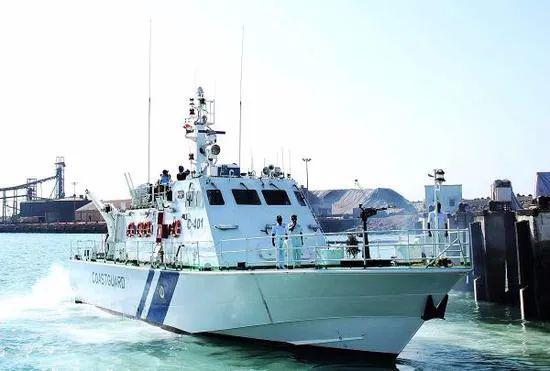(December 27), a two-day Indian and Vietnamese maritime passage exercise was held in the South China Sea. Look at what India says—The visit aims to strengthen maritime cooperation between the navies of the two countries and will further strengthen the friendship between the two countries while contributing to security and stability in the region,” a press release from the Indian Navy said.
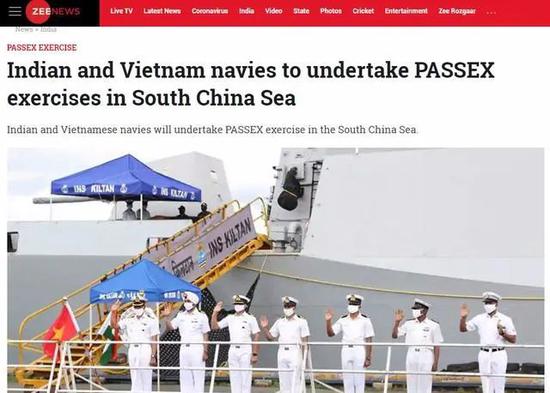
However, it seems that India is trying to disrupt the South China Sea. It is also like the United States, as an extraterritorial country, but it has intervened in the South China Sea in three ways to engage in “freedom of navigation” and other things. However, I was afraid that I didn’t have enough strength or had enough inherent voice, so I pulled up Vietnam.
The Indian Navy’s stealth frigate INS Kiltan arrived at the port of Nharong in Ho Chi Minh City on December 24. This follows a videoconference just held by Indian and Vietnamese leaders on 21 December, which was called a “mystic summit” by some media. At the summit, India and Vietnam signed seven agreements in the fields of defense, petrochemicals, renewable energy and nuclear energy, with a focus on the defense industry cooperation framework.
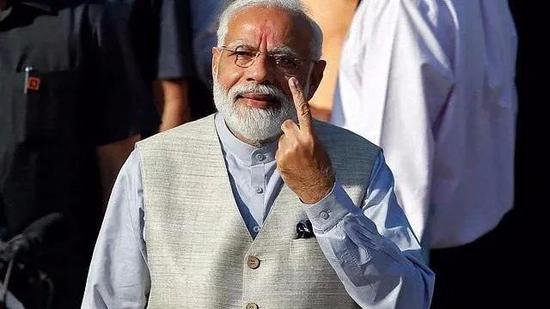
Indian Prime Minister Modi also said that Vietnam is an important pillar of India’s “Indo-Pacific Vision”.
At the Indo-Vietnamese summit, Vietnam rushed to “grat” India, saying that it “supports India as a permanent member of the United Nations”. To this end, India is full of joy, and some media believe that this is a major victory in India’s diplomacy. As a result, the Indian frigate Cheldan also brought 15 tons of “humanitarian assistance” to Vietnam.
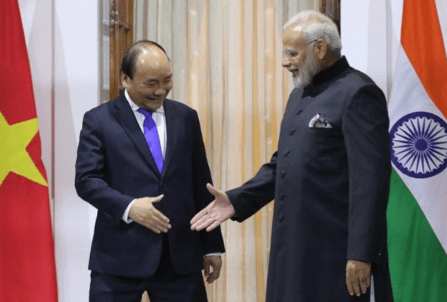
Laughter has to remind India that even if Vietnam blows India into the sky, it does not need to pay taxes to the United Nations. And how can Vietnam manipulate the United Nations? Can just 15 tons of “humanitarian assistance” make the “five permanent members” of the United Nations become the “six permanent members”? This joke is a little big! Has India asked the “Five Permanent People” to agree?
In addition to “humanitarian assistance”, India does bring solid military supplies to Vietnam. At the video summit on December 21, India delivered a high-speed patrol boat to Vietnam. This is the first of 12 high-speed patrol boats ordered by Vietnam from India.
Let’s talk about what kind of business it is. These 12 high-speed patrol boats were built by the Indian government on loan to Vietnam. That is to say, India pays for the construction of the boat first, Vietnam will use it after getting the boat, and then slowly repay the loan. In August 2019, when the contract was signed, Vietnamese media commented that “This is the first large-scale project implemented under the framework of Vietnam-India defense cooperation”.
Under the agreement between India and Vietnam, 5 of the 12 patrol boats were built at the Indian Katupalli Shipyard and the remaining 7 were built at the Vietnam Red River Shipyard.
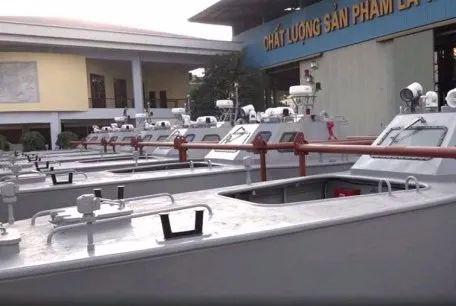
It is said that it is a “large-scale project” and take a look at what it is – made of aluminum alloy, about 35 meters long, 35 nautical miles per hour (about 65 kilometers per hour), equipped with modern navigation, monitoring equipment and defense weapons. According to the official renderings, this defense weapon is two machine guns.
This high-speed patrol boat may not be a big ship to India, which can play with aircraft carriers, and it is indeed useful for Vietnam. In fact, Vietnam’s Honghe Shipyard also builds high-speed interceptors for African countries, but from the perspective of demand, Vietnam itself may indeed need some high-speed patrol boats. Vietnam’s military benefits to India have long been not limited to patrol boats.
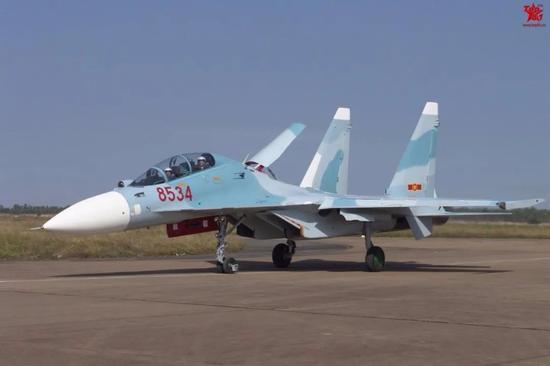
Previously, India had provided many parts and components of warplanes to Vietnam and helped Vietnam train a group of military personnel, including Russian-made Su-30 fighter pilots for Vietnam. Vietnam also imported weapons such as Bramos supersonic anti-ship missiles, Akash anti-aircraft missiles and radar from India.
It is on the basis of these previous cooperations that India and Vietnam began this year’s joint military exercises in the South China Sea. While borrowing from each other, India and Vietnam have gradually deepened military cooperation, and China’s attitude towards this is very clear.
Zhao Lijian, spokesman of the Chinese Ministry of Foreign Affairs, said that the current situation in the South China Sea is generally stable, and it is the common accommunist of the countries in the region to seek peace, seek development and promote cooperation. It is hoped that the countries concerned will not do anything that undermines regional peace, security and stability.
As an ASEAN country, Vietnam should understand the consequences of blindly acting close to India. Just before the mysterious summit between India and Vietnam, the U.S. Treasury Department listed Vietnam as a currency manipulator on December 16, and added India to the exchange rate watch list.
Some media commentators believe that in the future, the United States may pass on the risk of recession to economies such as India and Vietnam, which are highly dependent on dollar capital and markets.
As early as four years ago, Vietnam’s total debt exceeded 125 billion US dollars. Reach 63.6% of the country’s GDP. HSBC predicts that Vietnam is considered the Southeast Asian country in greatest need of fiscal consolidation because of Vietnam’s total debt or close to 65% of the international alert value.
At this time, the prospect of India-Vietnam cooperation is a little bit like a mirage.


